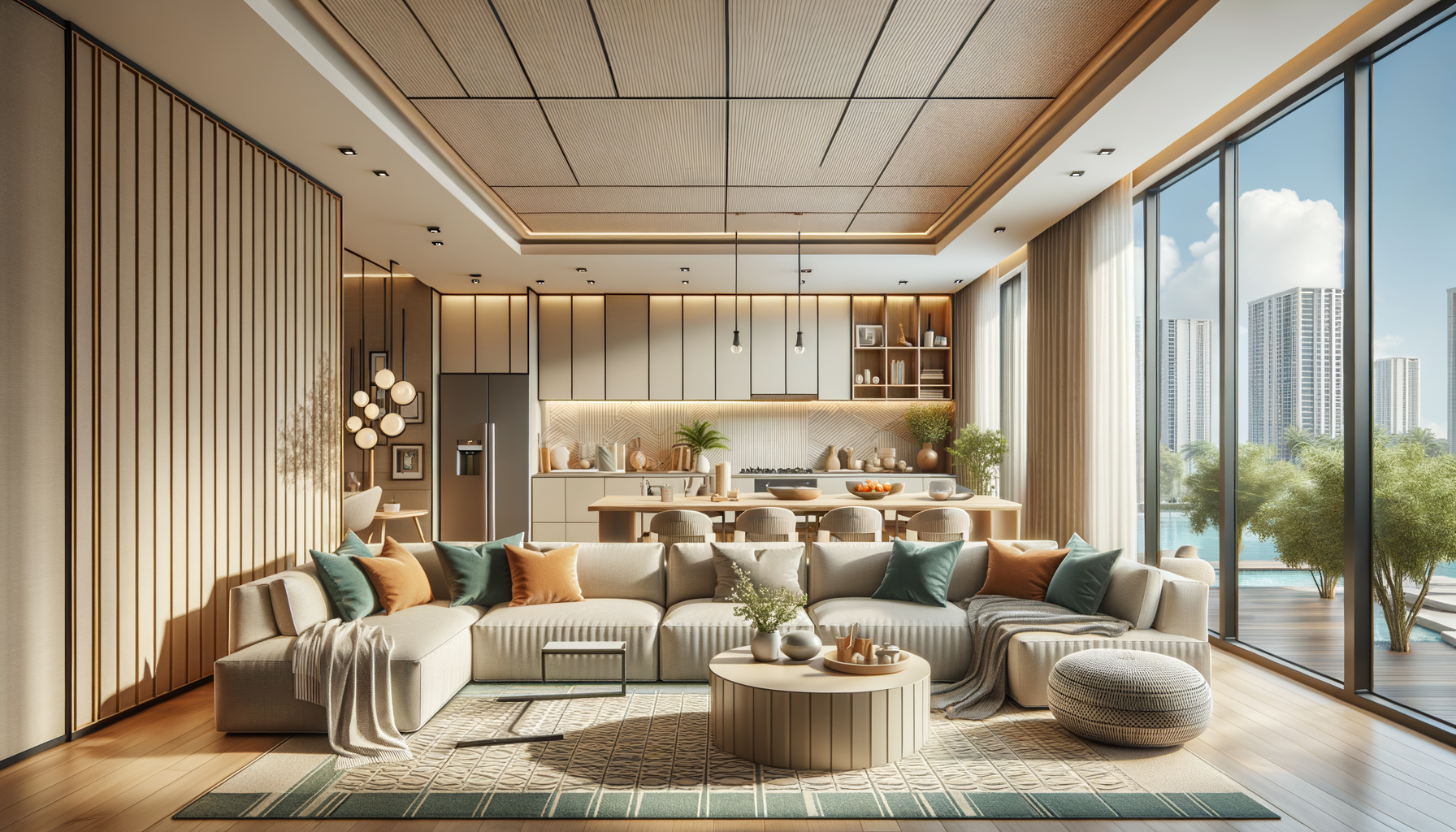Retro Revival: Exploring 1990s and 2000s Interior Design Trends

Reviving the Past: Interior Design Trends of the 1990s and 2000s
The 1990s and 2000s were transformative decades for interior design, marked by bold choices, eclectic mixes, and the emergence of new styles that continue to influence modern aesthetics. Let’s explore some of the standout trends from these vibrant years.
Color Palettes and Patterns
Color played a pivotal role in shaping the interiors of the ’90s and ’00s. The use of neutrals like beige and taupe created a calm backdrop, while accents in bright hues added pops of personality.
- Earth Tones: Browns, greens, and deep reds provided a warm, inviting feel.
- Bold Accents: Vibrant colors such as teal, magenta, and orange were used to highlight specific areas or furnishings.
- Patterns: Geometric and abstract patterns were popular in fabrics and wallpapers, offering visual interest and texture.
Furniture Styles
Furniture from the ’90s and ’00s often blended comfort with style, reflecting the era’s shift towards more casual and versatile living spaces.
- Modular Seating: Sofas and sectionals that could be rearranged to suit different needs became highly sought after.
- Minimalist Pieces: Clean lines and simple designs dominated, emphasizing functionality without sacrificing aesthetics.
- Retro Influences: Mid-century modern pieces saw a resurgence, bringing a touch of nostalgia to contemporary homes.
“The comfort-driven approach of the ’90s furniture continues to influence today’s home designs, prioritizing both style and functionality.”
Technology Integration
The advent of new technologies significantly impacted interior design during these decades. Homes began to incorporate advanced electronics seamlessly into their layouts.
- Home Entertainment: Large flat-screen TVs and integrated sound systems became standard features.
- Smart Appliances: Kitchens and living areas saw the introduction of smart, energy-efficient appliances.
- Lighting Innovations: Automated lighting systems allowed for greater control and customization of home environments.
Decorative Elements
Decorative touches from the ’90s and ’00s added unique character to interiors, making each space feel personalized and welcoming.
- Art and Wall Decor: Abstract art and statement pieces were commonly used to tie rooms together.
- Textiles: Layered rugs, throw pillows, and curtains in various textures added depth and warmth.
- Accessories: Decorative items like vases, sculptures, and bookshelves were carefully curated to reflect personal tastes.
Sustainability Begins
Even in the ’90s and ’00s, the seeds of sustainable design were sown, with a growing emphasis on eco-friendly materials and practices.
Conclusion
The interior design trends of the 1990s and 2000s were a blend of eclectic styles, technological advancements, and the initial steps towards sustainability. These elements not only defined the aesthetics of the time but also laid the foundation for contemporary design principles, showcasing a timeless appeal that continues to inspire today’s homeowners.